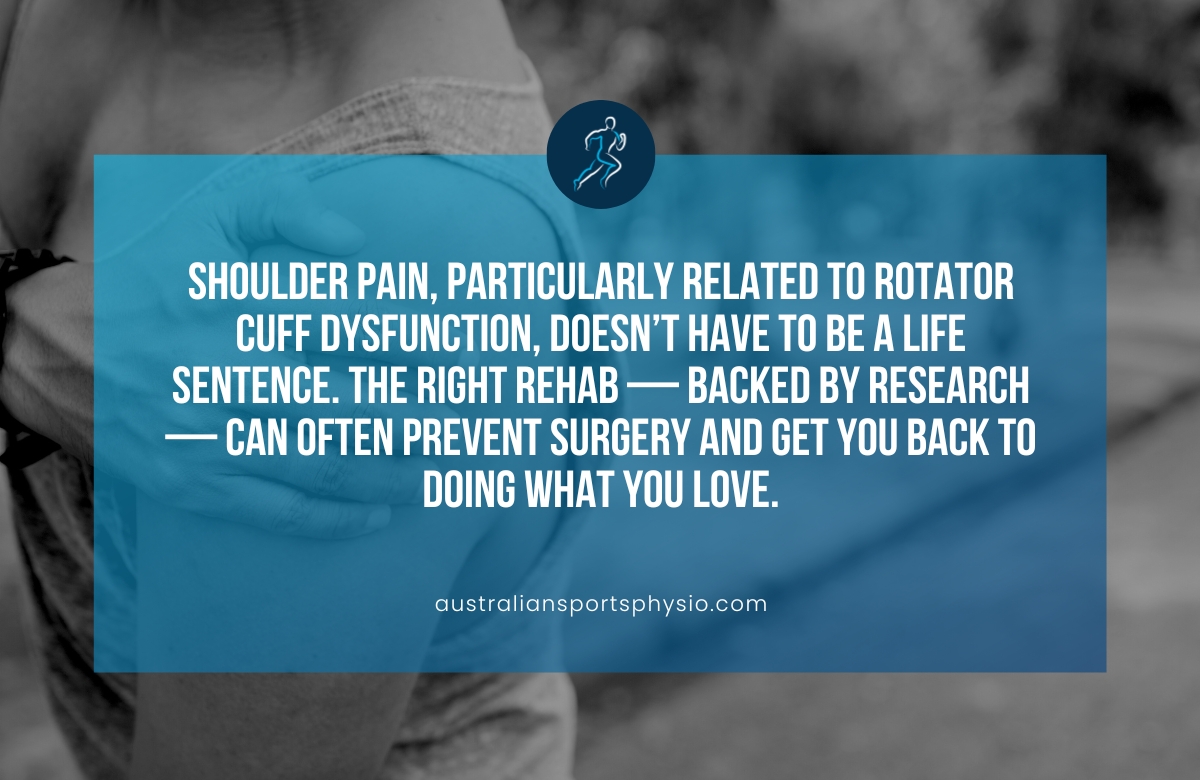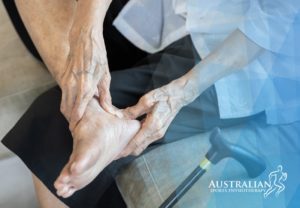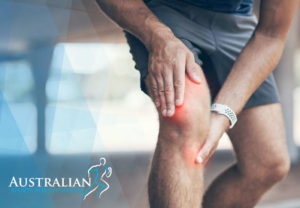Shoulder pain can sneak up gradually or hit you all at once—either way, it can quickly make everyday tasks feel difficult or even impossible. Reaching overhead, lifting a bag, or even sleeping on your side might suddenly come with a sharp reminder that something’s not right.
One of the most common causes? Rotator cuff injuries. This group of muscles and tendons plays a vital role in stabilising and moving your shoulder joint. When overused, strained, or torn, the result is often pain, weakness, and a limited range of motion.
Understanding what’s behind your shoulder discomfort is the first step toward recovery. Whether it’s a minor strain or something more serious, getting the right diagnosis and support early can prevent long-term issues—and help you get back to moving freely without hesitation.
Common causes of shoulder pain
Shoulder pain is extremely common, whether you’re an athlete, a gym-goer, or just someone who lifts things (or kids!) every day.
In fact, shoulder pain is one of the most frequent musculoskeletal complaints reported in both the general and sporting populations (Brukner et al., 2017).
But why does it happen, and what can you do about it?
Let’s break it down simply — with some support from current research.
Shoulder pain can result from:
- Overuse or repetitive movement, especially in sports like swimming, tennis, or gym-based overhead lifting.
- Poor posture or technique changes how your shoulder blades move.
- Imbalances in strength or flexibility, particularly between the front and back of the shoulder.
- Previous injury, which increases your likelihood of pain recurrence by up to 11 times (Hill et al., 2015).
One study specifically looked at swimmers and found that reduced internal rotation and increased external rotation (often due to tightness at the back of the shoulder and stretching at the front) were linked to a greater risk of injury (Hill et al., 2015).
In simple terms, any movement deficits at the shoulder can increase your chance of shoulder injury significantly.
Increased external rotation may result from anterior capsule laxity, while reduced internal rotation may be due to tightness in the posterior capsule — both of which affect how smoothly the shoulder joint moves (Ebraheim, 2017; Internal Impingement of the Shoulder, 2021).
In simple terms, any stiffness or instability at the shoulder will affect how well you can use your shoulder.
Understanding rotator cuff injuries
Rotator cuff injuries — where one or more of the small muscles that stabilise the shoulder become irritated or torn — are particularly common with age. Over 50? Your chances go up significantly (Merolla et al., 2011). But even young athletes are not immune, especially those with poor technique or high training loads.
Muscle weakness, particularly of the rotator cuff, has been shown to contribute to shoulder pain. A study by Hill et al. (2015) found that swimmers with weaker internal rotation torque had higher rates of pain and dysfunction.
Types of rotator cuff injuries
Rotator cuff problems are often a spectrum of related conditions:
- Rotator cuff tendinitis/tendinosis: Inflammation or irritation of the tendons, often due to chronic overuse.
- Impingement syndrome: Mechanical compression (pinching) of the rotator cuff tendons and bursa between the bones of the shoulder joint, which leads to irritation, pain, and eventual wear.
- Rotator cuff tear: A tear in one or more of the tendons.
- Partial tear: The tendon is frayed or damaged, but not completely separated.
- Full-thickness (complete) tear: The tendon is completely separated from the bone, often creating a hole in the tendon.
Common symptoms of rotator cuff injury
The specific symptoms can vary, but generally include:
- Pain: A dull ache deep in the shoulder, often worse at night or when resting.
- Worsened pain with movement: Pain when lifting, lowering, or rotating the arm, especially when reaching overhead or behind the back (like combing hair or getting dressed).
- Weakness: Difficulty or inability to lift or rotate the arm, or general weakness when trying to lift objects.
- Limited motion: A reduced range of motion in the shoulder.
- Noises: A clicking, popping, or crackling sensation (crepitus) when moving the arm.
What does the research say about physiotherapy?
Exercise therapy — particularly strengthening the rotator cuff and shoulder stabilisers — is strongly supported in the literature. In fact, patients who completed strength training had a significantly lower incidence of shoulder pain than those who didn’t (Hill et al., 2015).
Manual therapy, posture retraining, scapular control, and motor pattern corrections are all common parts of a physio’s toolkit.
In contrast, corticosteroid injections, once popular, are no longer routinely recommended due to poorer long-term outcomes (Brukner et al., 2017) and quite routinely, a relapse in symptoms.
How can physiotherapists help?
A physiotherapist will assess:
- Your shoulder mobility and strength
- Scapular (shoulder blade) movement
- Any technique issues related to your sport or occupation
- Underlying issues like poor posture, thoracic stiffness, or core weakness
Then, they’ll prescribe a personalised rehab plan that might include:
- Strengthening exercises
- Stretching tight structures
- Postural corrections
- Movement retraining
- Return-to-activity planning
What about surgery?
Surgery is typically reserved for more severe cases or if conservative treatment hasn’t worked. But outcomes vary.
- Patients over 63 years old tend to have poorer surgical outcomes (Merolla et al., 2011).
- Partial tears generally respond well to conservative treatment.
- Older patients may report better satisfaction post-surgery due to lower functional demands (Pécora et al., 2015).
Importantly, a high reinjury rate after surgery has led many clinicians to favour exercise-based rehab first.

Final thoughts
Shoulder pain, particularly related to rotator cuff dysfunction, doesn’t have to be a life sentence. The right rehab — backed by research — can often prevent surgery and get you back to doing what you love.
If your shoulder is slowing you down, don’t wait. Reach out to a physio who can guide you through a safe and science-supported recovery.
Book an appointment with one of our experienced physiologists today for a comprehensive assessment and customised treatment plan.










